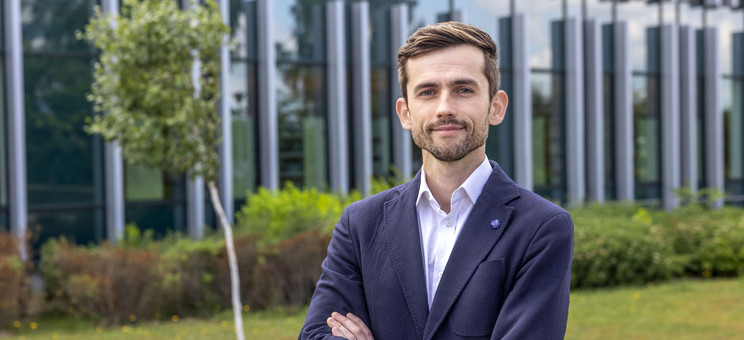Monitoring passenger flows in public transport

A team of employees from the Department of Roads and Bridges at the Faculty of Civil and Environmental Engineering and Architecture, under the direction of Mateusz Szarata, PhD, Eng., was awarded the silver medal at the INTARG 2022 international trade fair for the implementation of a research project enabling the monitoring of passenger flows in public transport. The project was carried out as part of a research grant awarded by the Podkarpackie Innovation Centre and is an example of the application of modern IT technology in the planning and management of transport systems.
About the project
The transmission of information using wireless radio techniques has become a natural part of our environment. It is a certain standard that the personal devices we use every day communicate with each other wirelessly, facilitating our daily functioning. In the space around us, there are a huge number of radio waves that transmit different information. This was the basis for the idea of the whole project, the aim of which was to perform a selection of signals found in the environment, to carry out an evaluation and suitability of the collected data for transport analysis, and then to use it to learn about the communication behaviour of public transport passengers.
The technology currently on the market for public transport in terms of passenger flow analysis makes it possible to accurately count people getting on and off, as well as people travelling in the vehicle. Other information collected for the purposes of public transport management is gathered using classic methods in the form of surveys.
The data collection and processing methodology developed by researchers at the Rzeszów University of Technology makes it possible to replace costly questionnaire surveys and provide precise information on the sources and destinations of journeys for a large group of passengers. The data collected in this way can provide a clear picture of the functioning of individual transport systems and can be used, among other things, to optimise bus routes, clarify ticketing policy and replace costly surveys conducted cyclically in public transport.







